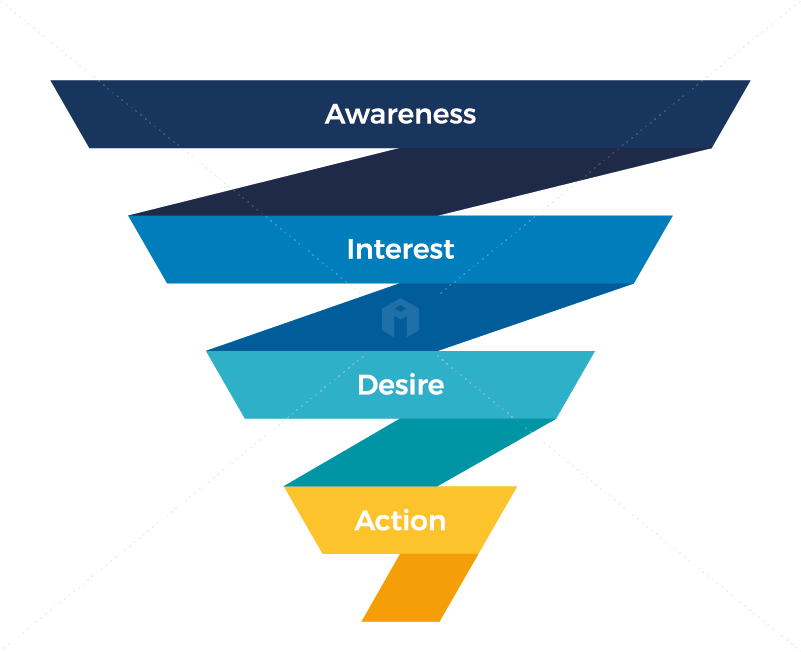SEO is all about improving visibility online. It focuses on improving ranking positions for search queries that are related to our brand or charity, and its benefits include building awareness and driving donations.
If you have a website, you’re doing SEO – even if not actively. As measures of success, you should be looking at:
- Quality of traffic
- Quantity of traffic
- Conversions
Let’s focus on content
Content is a really effective way to reach your audience as a charity or third sector organisation. Anyone can, technically speaking, create content; what we need to do as charities is to think about the kind of content our audience is going to want to see.
If you have a website, you will have content. Content on your website can include anything; sites like Pinterest, YouTube, they’re content hubs of imagery and video. Wikipedia is more text-based. Social media these days will rank content higher for you personally based on your preferences. In the same way, content produced for SEO needs to be relevant and of value to the user.
It’s also really important to consider the user journey; does your content deliver what the searcher wants? If they’re looking for ‘where to give blood’, it needs to be a page with clear directions and instructions. If it’s ‘advice for coping with mental health issues’, it needs to be longer-form information.
Consider the conversion funnel
When reviewing the content you have on your charity or not for profit website, consider the conversion funnel:

At each level of the funnel, you can be creating content to support your potential donors in better understanding your charity or organisation and being educated on how they can help you in return.
There are three key types of content that can really help charities and organisations aiming to improve their SEO visibility. These are:
- News
- Knowledge hubs
- Help and resources
1) News
One of the things charities can do to engage their audiences is to tap into what people are searching for and the news stories they care about.
Mind does a really good job of this; their news section includes a lot of really up to date content which appeals to those who want to keep abreast of happenings in the third sector and affecting mental health. As a charity, do focus on creating timely, useful content and it will benefit your audience as well as your SEO.
That’s not to say that you have to be a huge charity or sharing big news; this school website has a great news section that’s really relevant to their audience. So be sure to create content that’s relevant to the audience.
Using ‘site search’ for charity content ideation
A really great tip for content ideation is to run a site search. For example, for our client that works in the energy sector, we can use a site search on a well known charity website to see what they’re talking about.
To do this, go to Google and type in:
site:websitename.com “topic”
So here’s a real world example I’ve used:
site:wwf.org.uk “climate change”
This site search showed me everything WWF was talking about around the topic of climate change and inspired ideas for my client.
Top tips for news on charity websites
- Keep up to date with industry trends
- Look at what your competitors are talking about on their own blogs
- Look at social media channels and identify topics
- Conduct a site search
2) Knowledge hubs
Unlike news, knowledge hubs are what we call evergreen content. So they stand the test of time, rather than being transient like the news.
A knowledge hub provides valuable information to your audience. It’s simply an area of your website where you gather similar content. A good tip is that if you have a lot of blog posts on one topic, you might gather them all into a topical hub.
Prospects.ac.uk, for example, has a knowledge hub all about ‘careers advice’; they’re gaining nearly half a million visits per month who visit their careers advice hub, which shows the value of hub style content.
Using the same Prospects.ac.uk example, we can also see that the careers hub they’ve created has gained a high number of new links to their site, which also supports their SEO efforts.
Top tips for knowledge hubs in the charity sector
- Keep up to date with the news and note any topics that keep cropping up
- Use Google Trends for inspiration
- Think about your site’s marketing strategy as a whole
- Start ideating from conversations; are people asking questions, are you regularly talking about certain things internally that would make sense to share?
3) Help and resources
Help and resources pages can be crucial in enabling people to support your charity or join your cause.
In a different way to knowledge hubs, these are about providing specific information relating to your organisation. This might include FAQs, and FAQs can inspire bigger pieces of content where you teach people how to do things, such as make a donation or get certain advice.
Age UK has a great example of this; their help and resources area includes lots of information specifically related to Age UK but also valuable resources around their charity’s focus, too. It’s of genuine use and value to their audience.
Top tips for help and resources for charities
- FAQs are a great asset to your website; look at what your audience is already asking
- Think about your customer service team, your fundraising team, etc – what questions are they commonly fielding?
- How can you be the most helpful to your audience?
Key takeaways
- Find topics that are relevant to your charity or organisation, and to your users
- Create great content; even if you don’t have a huge amount of time, even producing one new post a month can show Google that yours is a relevant, up to date resource
- Maximise the content; communicate within your organisation, share your content, increase engagement



